
You are doing it all wrong. Here’s the right way to relieve leg cramps at night
Nighttime leg cramps are a surprisingly common issue that can interrupt your sleep and leave you feeling tired, sore, and frustrated the following day. These sudden, intensely painful muscle contractions often appear without warning. Although the calf muscles are the most frequent targets, the thighs, feet, and even the arches of the feet can also be affected. While most cramps last only a few seconds to a few minutes, the lingering discomfort can make it difficult to relax or fall back asleep afterward.
Many individuals assume that leg cramps are just an unavoidable part of aging or daily stress, but in reality, a variety of effective strategies can significantly reduce their frequency and severity. By learning how to respond correctly when a cramp strikes—and by adopting preventive lifestyle habits—you can improve both your sleep quality and overall well-being. In this article, we’ll take a closer look at the most common mistakes people make when dealing with leg cramps and explore evidence-based techniques to relieve and prevent them.
1. Understand the Causes of Nighttime Leg Cramps
Nighttime leg cramps can stem from many sources, including dehydration, muscle overuse, or spending long periods sitting or standing. A cramp occurs when a muscle tightens involuntarily and fails to release, triggering sharp, sudden pain. Research suggests that muscle fatigue, nerve irritability, and circulation problems may all contribute to cramp development.
For some people, leg cramps may be linked to underlying medical conditions such as peripheral artery disease, diabetes, thyroid imbalances, or neurological issues. Nutrient deficiencies—particularly in magnesium, potassium, calcium, and sometimes sodium—can also play a major role. Identifying the root cause of your cramps is essential, as effective treatment often depends on addressing these underlying triggers.
2. Never Point Your Toes—Always Flex Your Foot Upward
When a cramp hits, your instinct may be to point your toes to “stretch out” the muscle, but this actually contracts the calf even more and can intensify the pain. Instead, flex your foot upward, pulling your toes toward your knee. This motion gently stretches the calf muscle and encourages it to relax.
Hold this position for 10–15 seconds, and repeat as needed until the pain eases. Flexing your foot engages the opposing muscles in the front of your lower leg, helping to interrupt the cramp more effectively. Practicing this technique during the day can help you react quickly and confidently when a cramp wakes you up at night.
3. The Importance of Stretching Before Getting Out of Bed
A short stretching routine first thing in the morning—and even before going to bed—can dramatically reduce nighttime cramp frequency. Before stepping out of bed, sit upright, extend your legs, and gently pull your toes toward you, holding the stretch for 15–30 seconds.
You can also rotate your ankles, stretch your hamstrings, and gently flex your quadriceps. Improving overall flexibility increases circulation, reduces muscle tension, and supports healthier muscle function. Over time, these small habits can make a noticeable difference in preventing future cramps.
4. The Role of Magnesium and Potassium in Preventing Cramps
Magnesium and potassium are essential minerals that support normal muscle and nerve function. When levels are too low, muscles may become more reactive and prone to cramping. Magnesium helps regulate muscle relaxation, while potassium plays a crucial role in fluid balance, nerve transmission, and muscle contraction.
Try incorporating magnesium-rich foods like almonds, spinach, pumpkin seeds, and cashews into your daily meals. For potassium, bananas, avocados, oranges, beans, and sweet potatoes are excellent choices. If diet alone doesn’t improve your symptoms, consult your healthcare provider about safe supplementation, as taking too much of either mineral can also cause health issues.
5. Why You Should Avoid Icing a Cramp Immediately
Reaching for an ice pack may seem logical, but cold temperatures can actually tighten the muscle even more and prolong the cramp. Ice restricts blood flow and increases muscle contraction, which is the opposite of what you want when dealing with a spasm.
Instead, start by gently massaging the area and stretching the affected muscle. Once the muscle relaxes, applying warmth—through a warm compress, heating pad, or warm bath—can soothe lingering soreness and help prevent another cramp from developing.
6. Use a Warm Towel for Fast, Soothing Relief
Heat helps muscles relax by improving circulation and reducing tightness. When a cramp strikes, placing a warm towel or heating pad on the area for 10–15 minutes can provide quick relief. The warmth not only eases immediate discomfort but also helps the muscle return to its normal resting state.
For added therapeutic effects, you can apply a small amount of essential oils like lavender, peppermint, or eucalyptus to the warm towel. These oils have natural muscle-calming and anti-inflammatory properties, making them a simple but effective home remedy for muscle tension.
7. Hydration: A Key Factor in Muscle Health
Proper hydration is essential for preventing leg cramps. When your body lacks sufficient fluids, electrolyte levels become unbalanced, which interferes with normal muscle function. Aim to drink 8–10 glasses of water per day, adjusting based on your activity levels, climate, and overall health.
Electrolyte-rich beverages or foods—such as coconut water, watermelon, leafy greens, or sports drinks—can also help restore balance. A simple way to monitor your hydration is by checking urine color: pale yellow typically indicates good hydration, while darker shades mean you may need to drink more fluids.
8. The Benefits of Regular Exercise and Stretching
Regular physical activity strengthens muscles, boosts circulation, and reduces the likelihood of nighttime cramps. Aim for at least 150 minutes of moderate exercise per week, such as walking, swimming, cycling, or low-impact aerobics.
Pairing exercise with stretching routines is especially important. Focus on your calves, hamstrings, quads, and hip flexors. Yoga and Pilates are excellent options because they improve flexibility, balance, and muscle endurance. Over time, these practices can significantly reduce muscle stiffness and nighttime spasms.
9. Proper Footwear Plays a Major Role in Cramp Prevention
The shoes you wear throughout the day have a direct effect on your leg muscles. Poor arch support, worn-out soles, or shoes that force your feet into awkward positions can create strain that leads to cramping later at night.
Choose footwear with good arch support, cushioning, and stability. If you stand or walk for long periods, consider adding orthotic inserts or consulting a podiatrist for custom insoles. Replacing shoes regularly is also important, as even high-quality shoes lose support over time.
10. The Influence of Sleep Position on Leg Cramps
Your sleeping posture can either reduce or worsen nighttime cramps. Sleeping with pointed toes—common in stomach sleepers—can shorten the calf muscles and increase the risk of spasms. Try sleeping on your back with a pillow under your knees to keep your legs in a relaxed, neutral position.
If you prefer sleeping on your side, place a pillow between your knees to keep your spine, hips, and legs aligned. Experimenting with supportive pillows or different sleep positions can significantly reduce overnight tension and cramping.
11. When to Seek Medical Advice for Persistent or Severe Cramps
If leg cramps occur frequently, are extremely painful, or significantly disrupt your sleep, it may be time to seek medical evaluation. Chronic cramps can be a sign of underlying conditions such as nerve compression, vascular disease, hormonal imbalances, or metabolic disorders.
Your healthcare provider may suggest blood tests, nerve studies, or imaging to determine the cause. Early diagnosis and treatment can help prevent complications and improve your overall quality of life.
News in the same category

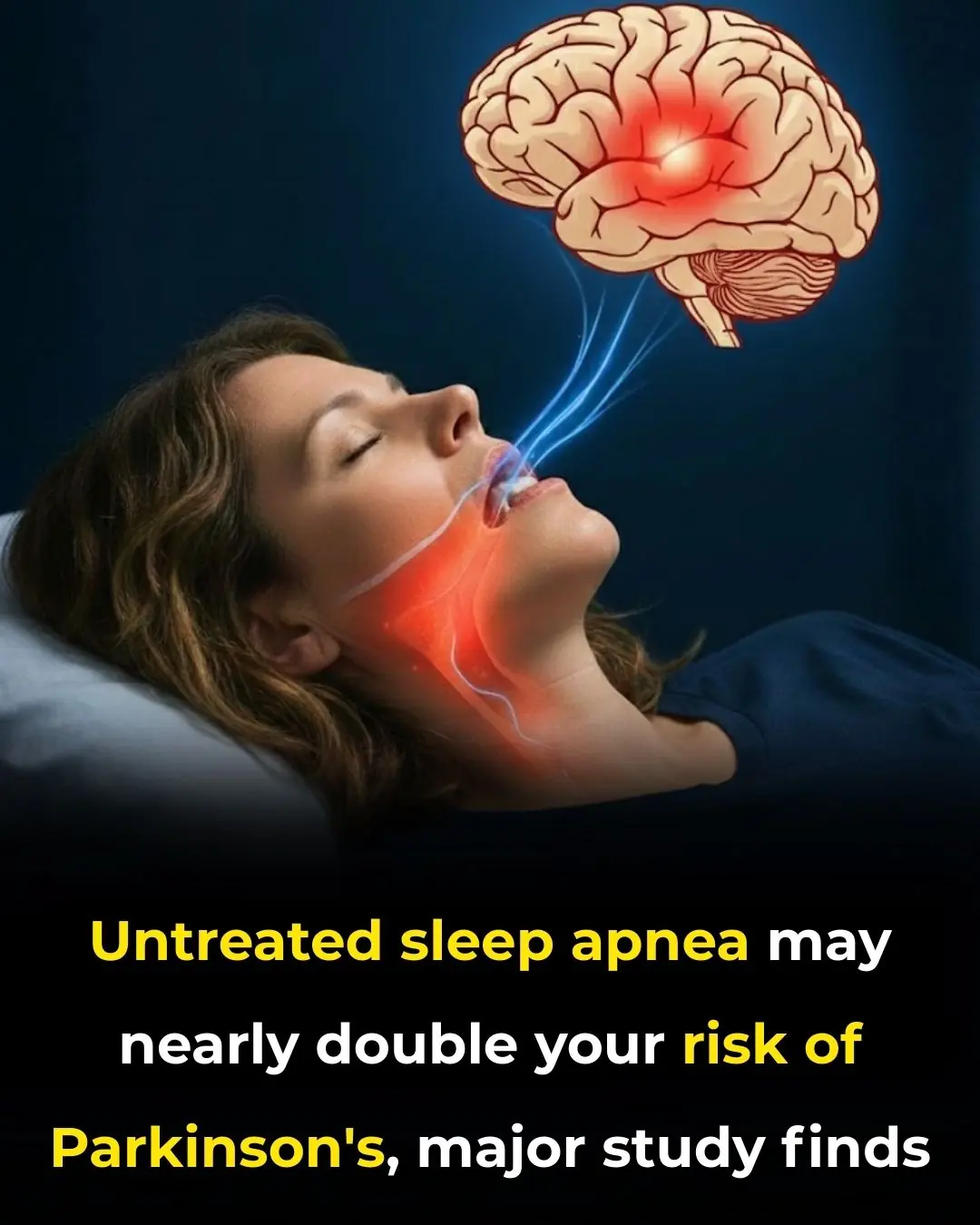
Untreated sleep apnea may nearly double your risk of Parkinson’s, major study finds
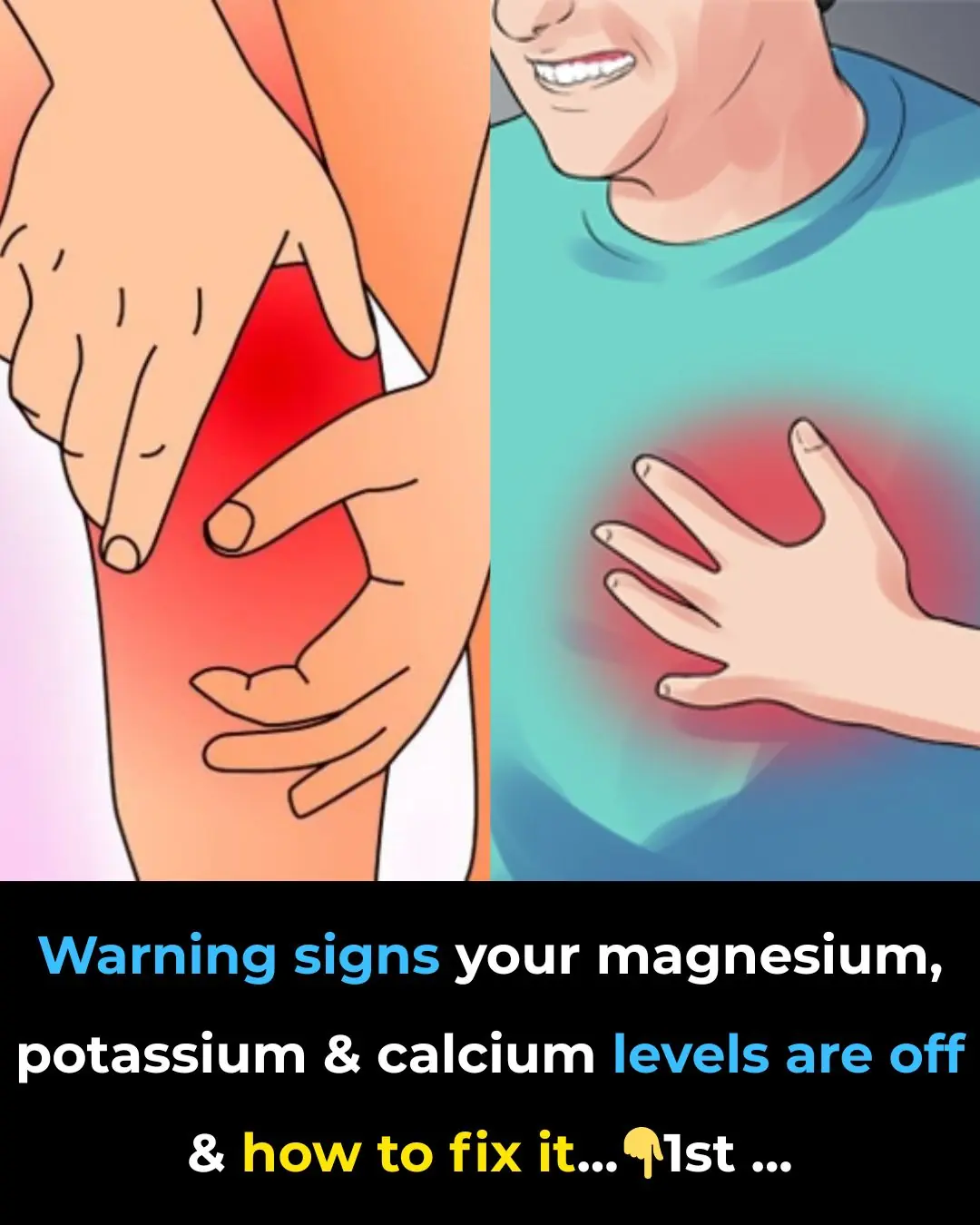
Warning Signs Your Magnesium, Potassium and Calcium Levels Are OFF and How To FIX It!
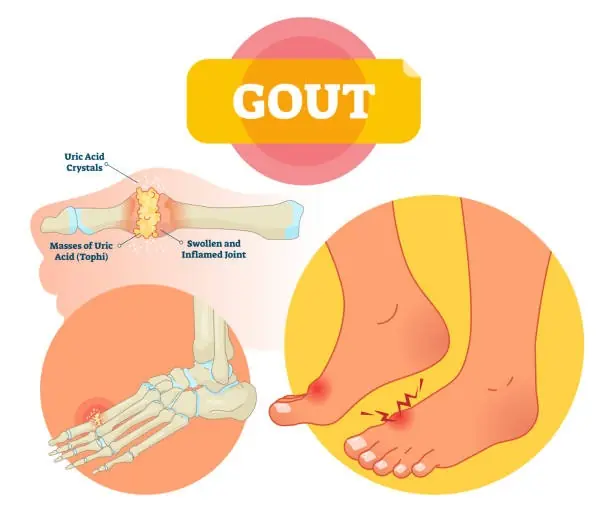
Few Know This Trick To Stop Uric Acid Crystals From Destroying Joints
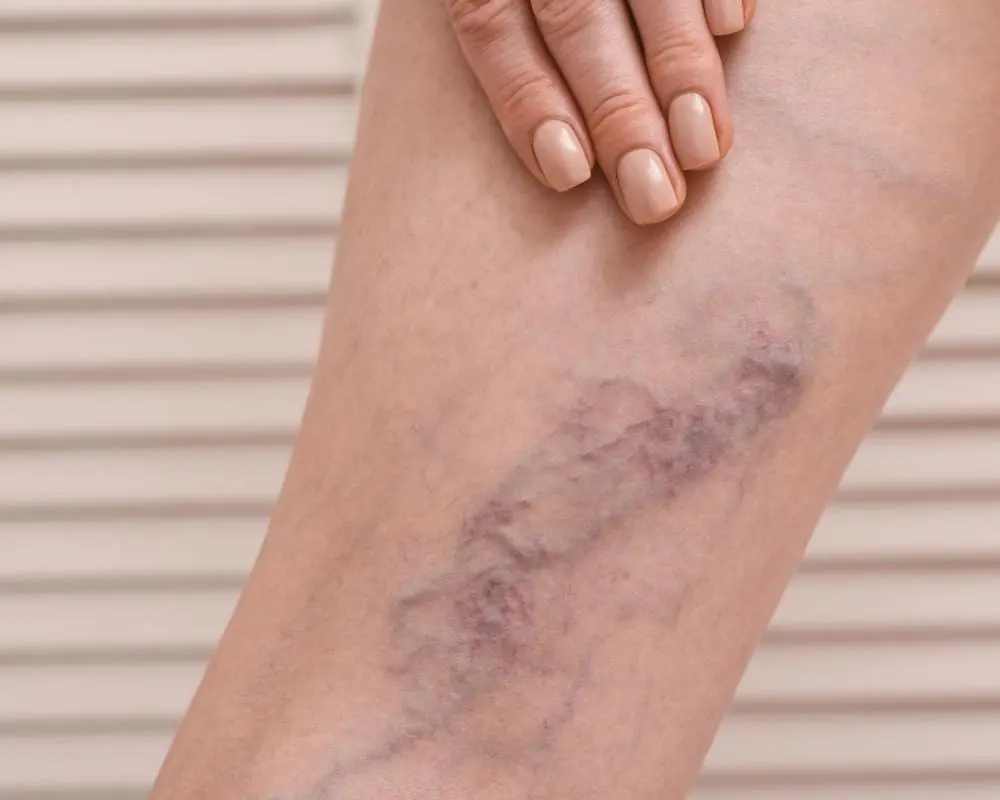
WHAT IS THROMBOSIS? SYMPTOMS AND HOW TO PREVENT IT
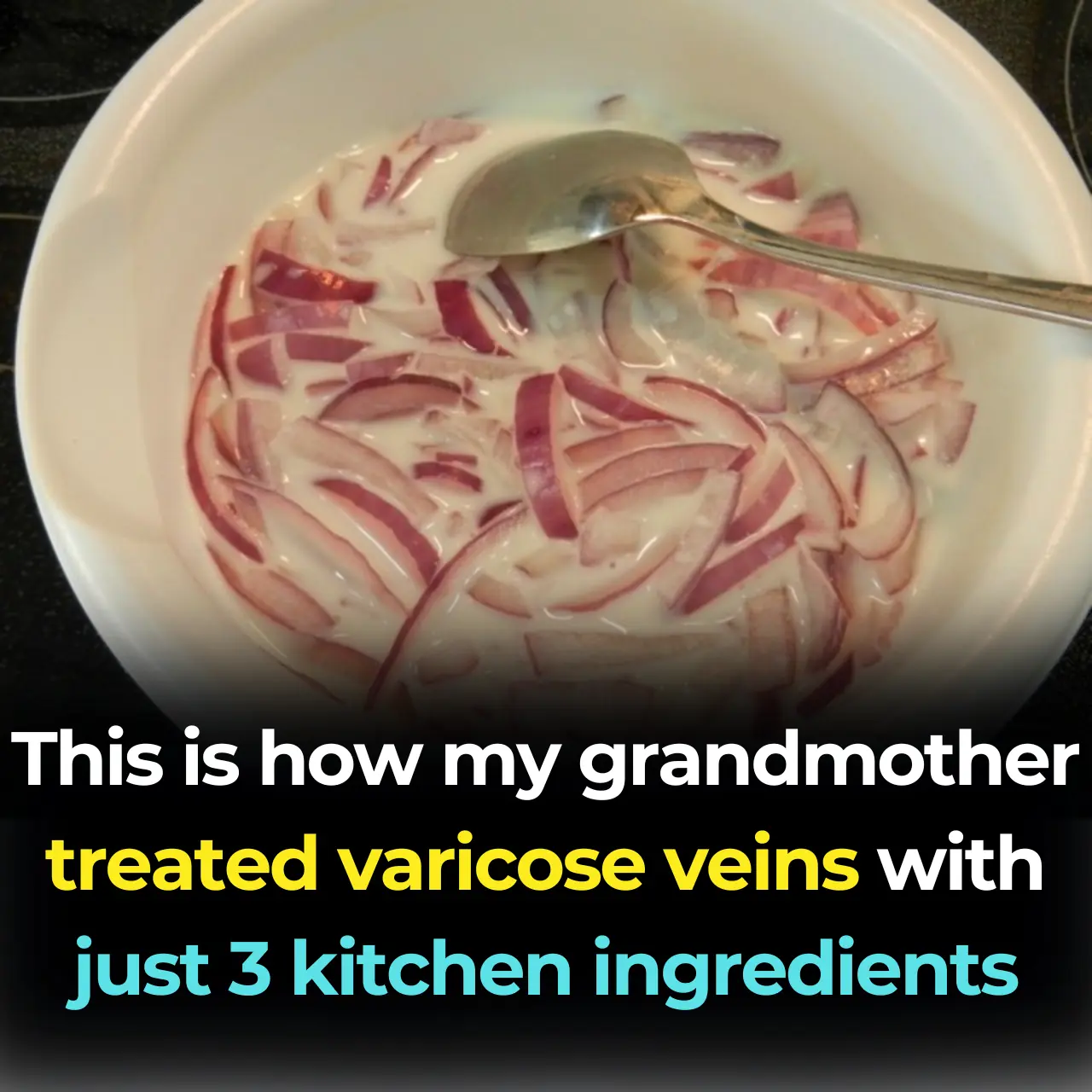
The Surprising Healing Power of Onion Milk

AVOID Ginger If You Have THESE Health Problems

12 medications you should never mix with coffee

Headache Above or Behind the Left Eye: Causes and Treatments
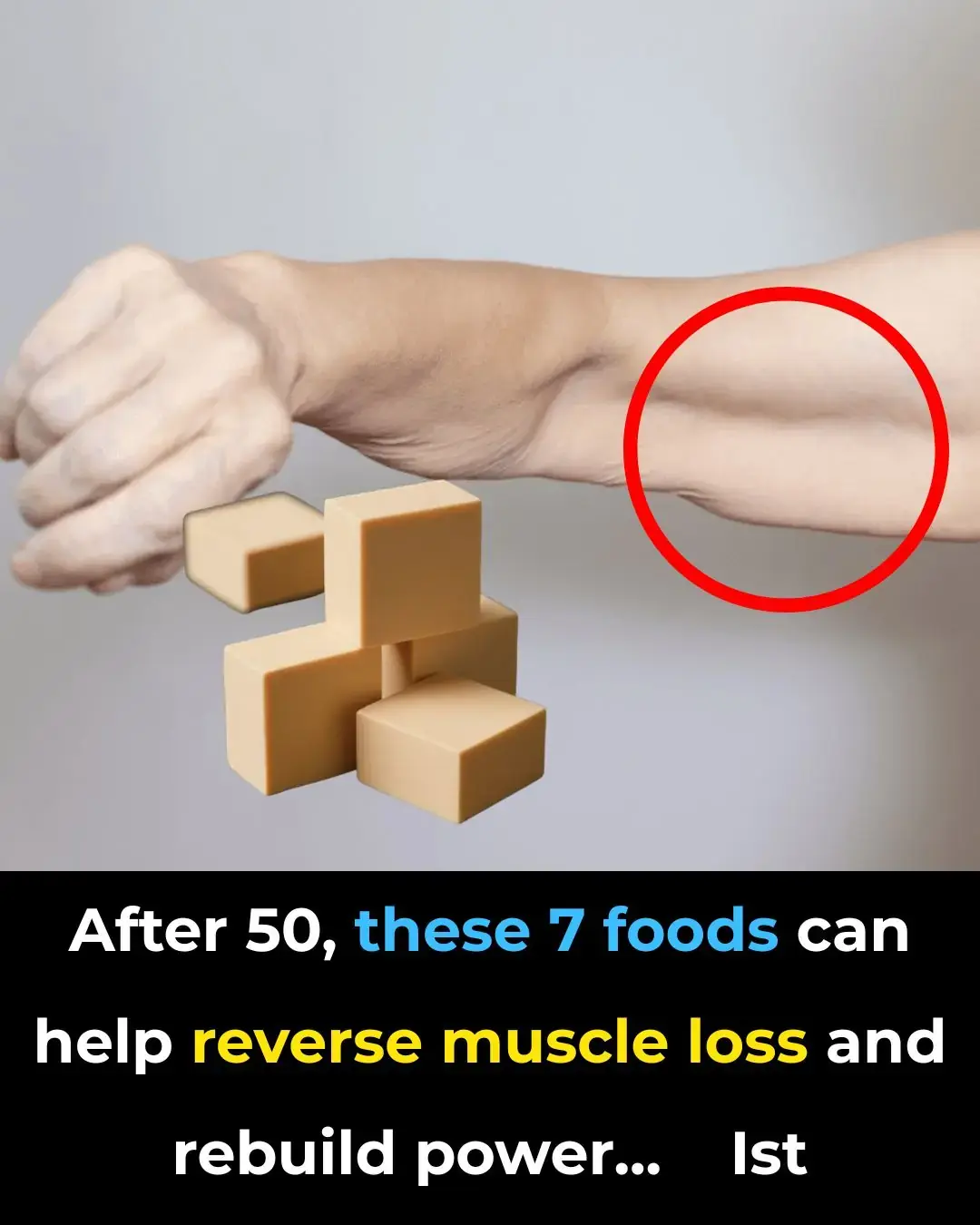
7 best foods to rebuild your muscle strength after 50

The B vitamin solution: lower blood pressure when medications fail

Take this one shot and watch what happens to your blood pressure

5 Unique Things You Only Experience When Loving an Older Woman
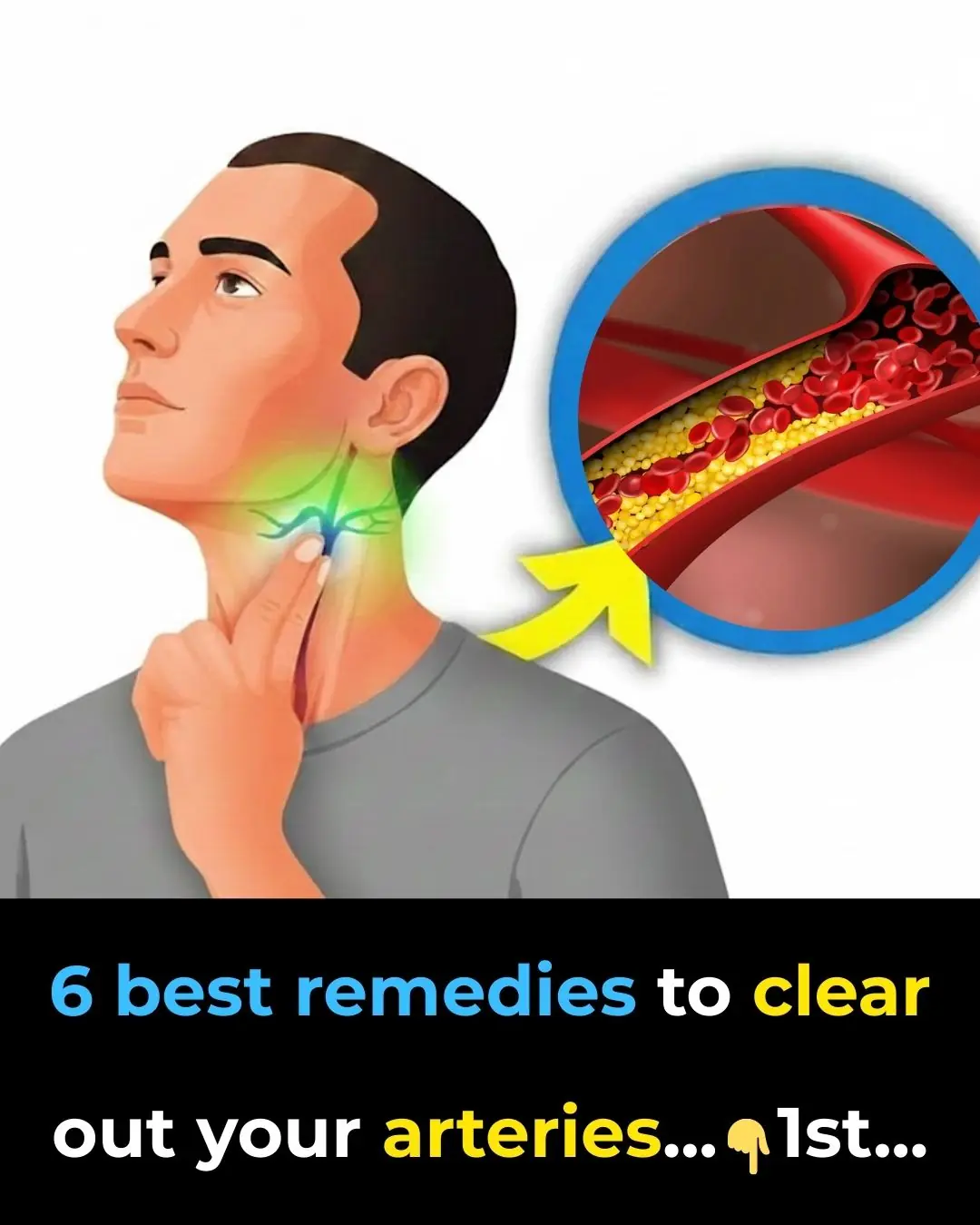
6 Best Remedies To Clear Out Your Arteries
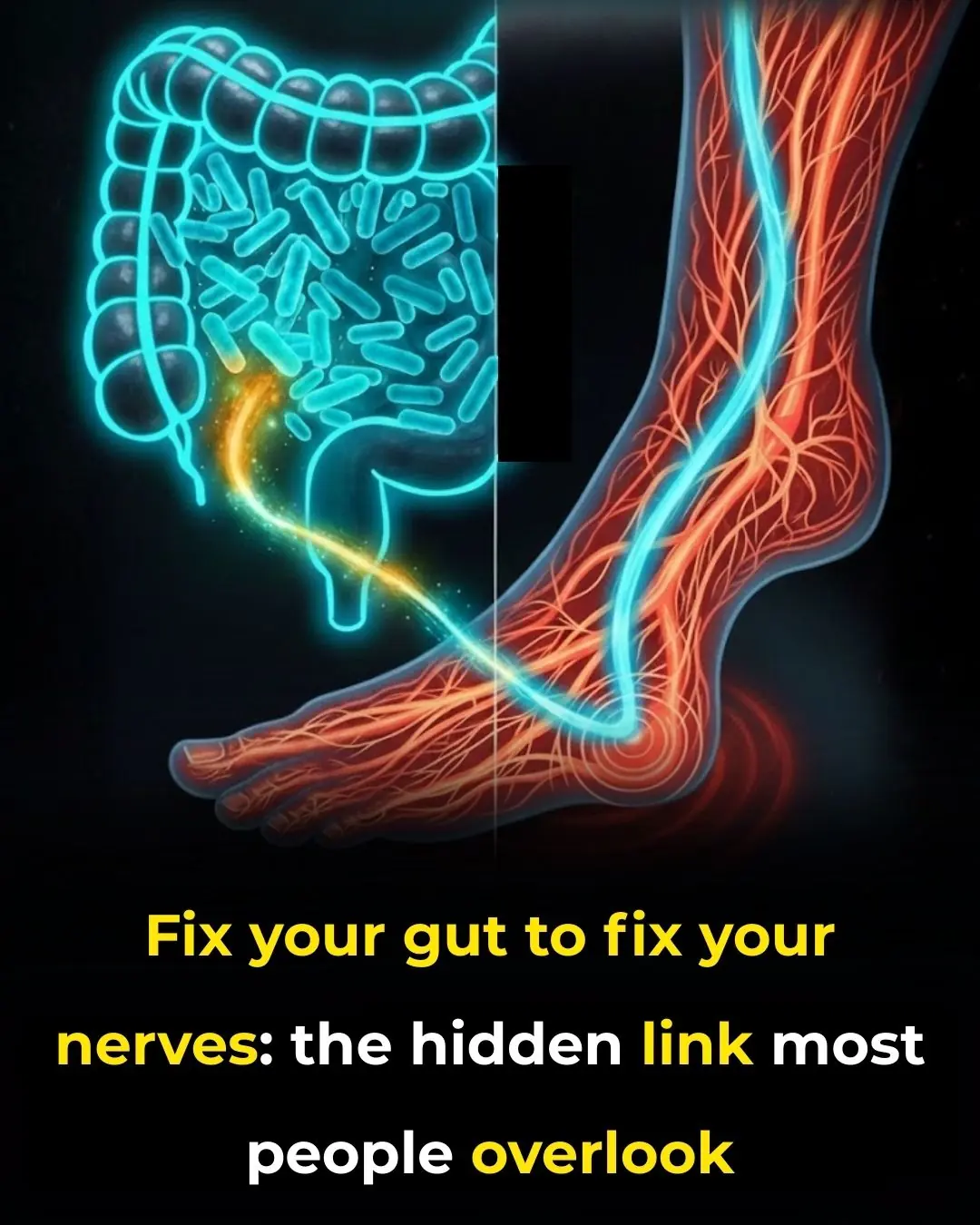
Fix your gut to fix your nerves: the hidden link most people overlook

6 fruits that help your body fight cancer cells naturally
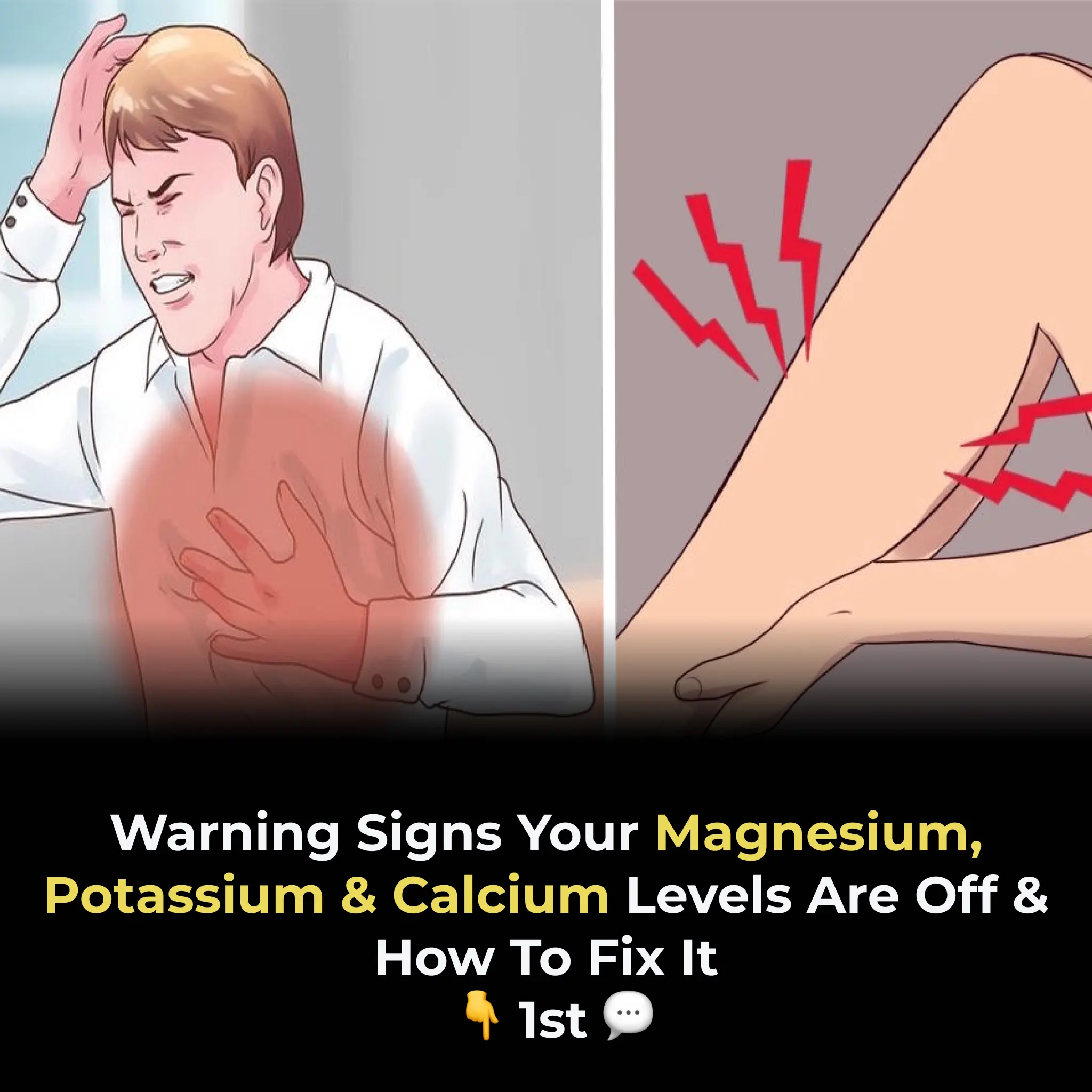
Warning Signs Your Magnesium, Potassium, and Calcium Levels Are OFF and How to FIX It!

Doctors reveal the no.1 supplement to reduce dementia risk

Top 5 veggies to detox your arteries & prevent heart attacks!
News Post

A Homeless Pup's Heartfelt Payment: A Story of Kindness and Unspoken Bonds

Renewable Energy Surpasses Coal as World's Largest Source of Electricity: A Historic Milestone for Humanity and the Planet

What You Do First in This Scenario

Top 5 Veggies to Detox Your Arteries and Prevent Heart Attacks!

Untreated sleep apnea may nearly double your risk of Parkinson’s, major study finds

Amazon Lakes Heat to Dangerous Levels, Triggering Mass Wildlife Deaths

Warning Signs Your Magnesium, Potassium and Calcium Levels Are OFF and How To FIX It!
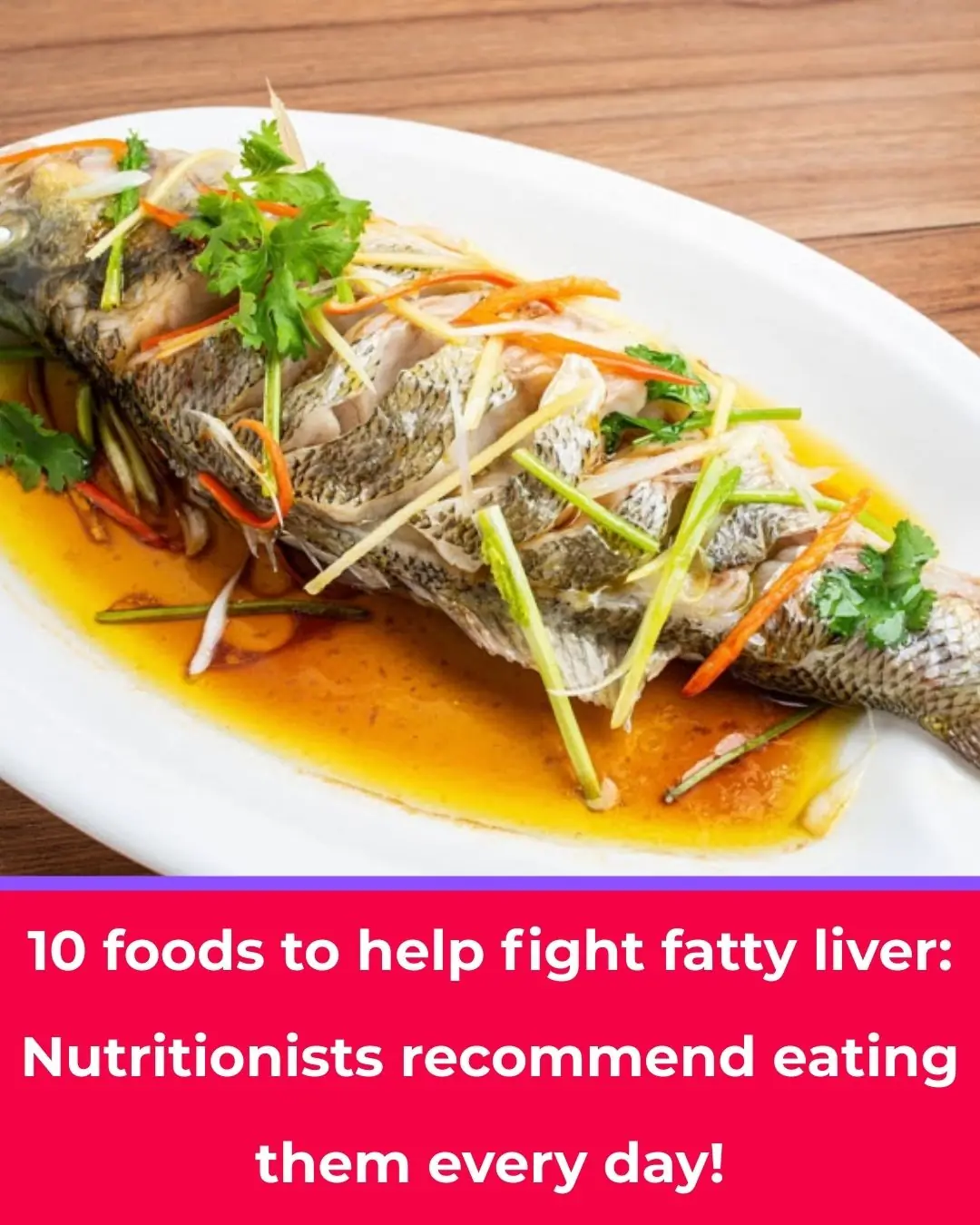
10 Foods That Help Combat Fatty Liver: Nutrition Experts Recommend Eating Them Daily
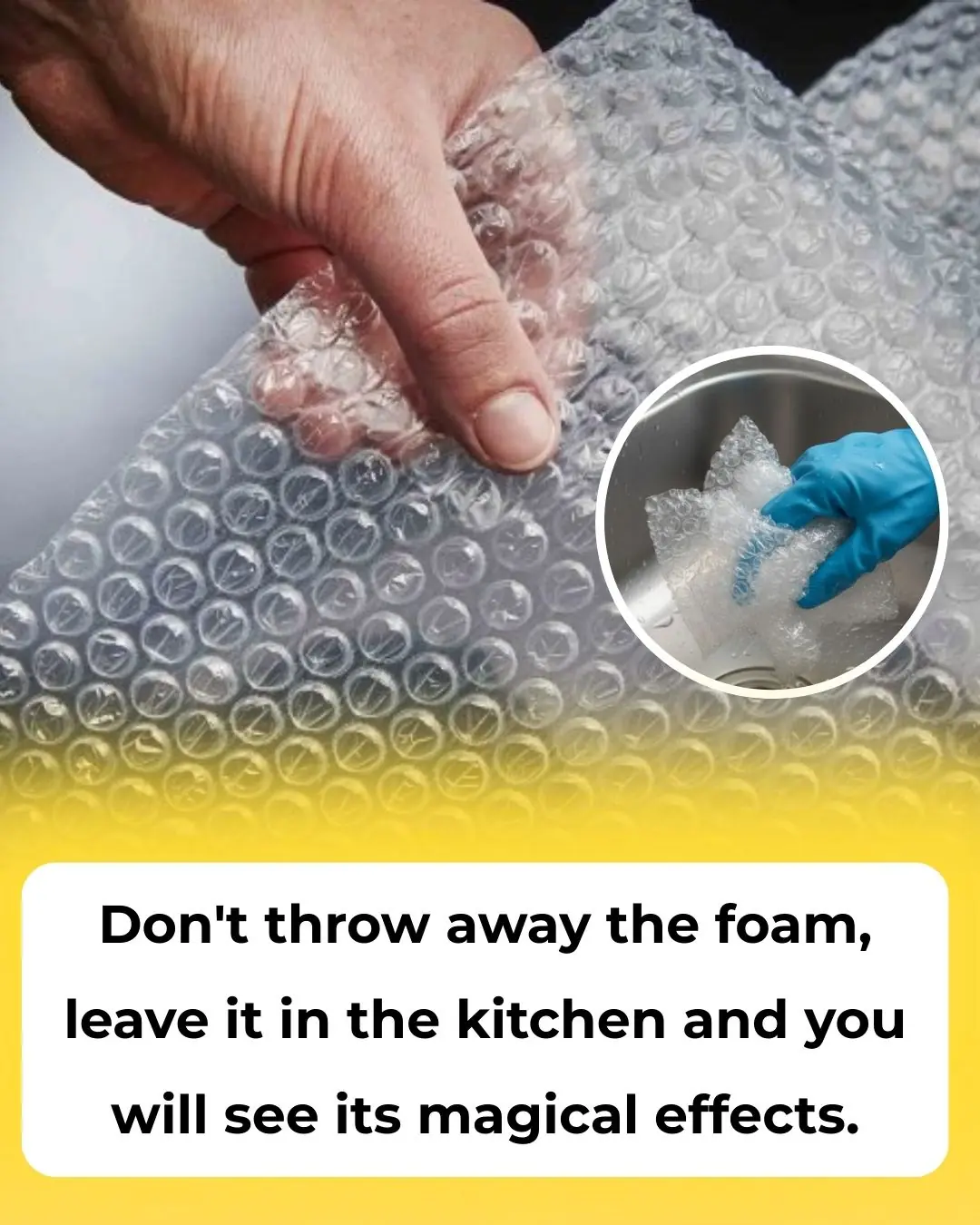
Don’t Throw Away Bubble Wrap—Keep It in Your Kitchen and You’ll Be Surprised by Its Uses
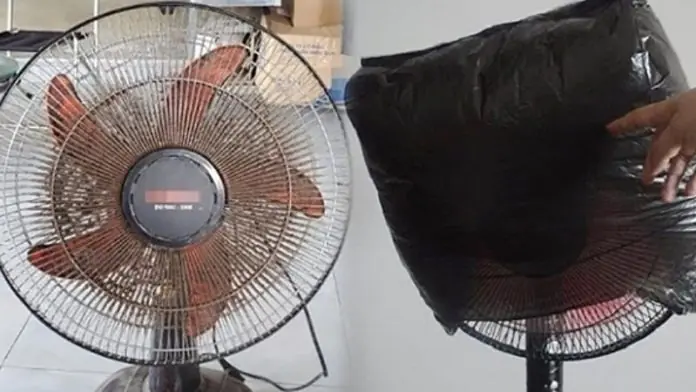
Dirty fan? No need to remove the frame or use water: This simple method makes your fan spotless and shiny

Revolutionary Alzheimer's Treatment: Sound Waves Used to Remove Brain Plaques and Restore Memory

Few Know This Trick To Stop Uric Acid Crystals From Destroying Joints

WHAT IS THROMBOSIS? SYMPTOMS AND HOW TO PREVENT IT

Natural Eyelash Growth Remedies – Oils, Serums & Home Treatments

From Space to Earth: The Science Behind Felix Baumgartner’s Record-Breaking Jump

Transforming Oil into Green Prosperity: The Success of Norway’s Sovereign Wealth Fund

Maximize Broccoli's Cancer-Fighting Power: The Simple Trick That Boosts Sulforaphane Formation

Hidden Fungi in Your Nose: A Surprising Cause of Allergies and Asthma
